Raspberry Pi 5: The Journey, The Innovation, and The RP1's Role
The SBC world buzzed with excitement as news of the Raspberry Pi 5 announcement spread like wildfire. This wasn't just another product release; it marked a significant milestone in the journey of Raspberry Pi, a name synonymous with innovation and affordability in the realm of SBC computing. While many have been fortunate enough to get a sneak peek or even have the device grace their desks, the majority are left speculating and piecing together information from various sources. One thing is clear: the Raspberry Pi 5 is set to make waves, and there's a lot to unpack before its grand unveiling later this month.
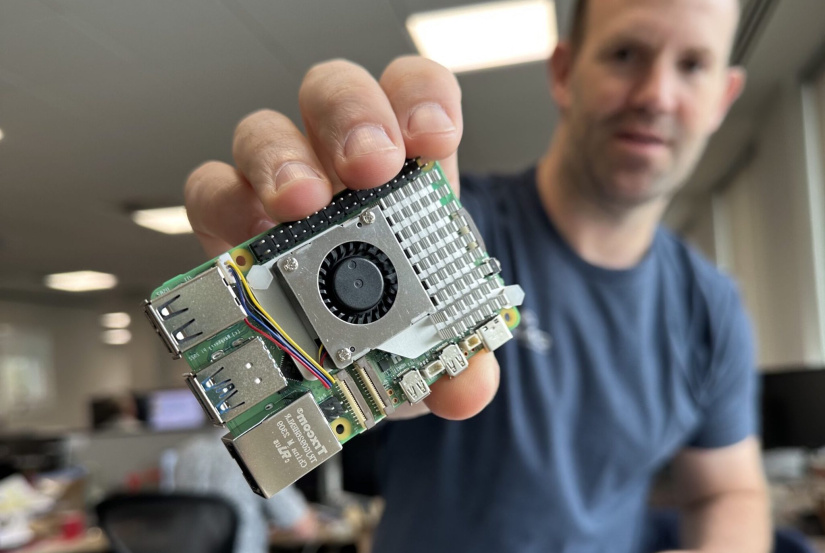
A new Raspberry Pi 5 is being shown off my the one and only Eben Upton!
The RP1: A Game Changer
At the heart of the Raspberry Pi 5's innovation lies the RP1, a custom silicon Southbridge that has garnered significant attention. Not only is it the second piece of In-House silicon ever released by Raspberry Pi, but it also holds the distinction of being the first project they embarked upon in this domain.
But what makes the RP1 so special? To truly appreciate its significance, one must delve deeper into its functionalities and the challenges it aims to address.
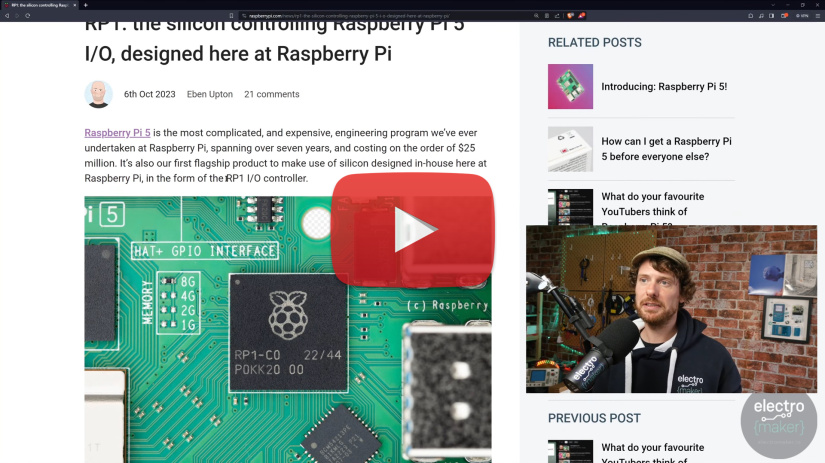
Watch Ian discuss the new RP1 Silicon in this episode of The Electromaker Show
Delving Deeper into the RP1
The RP1's journey began in 2015, marking a significant chapter in Raspberry Pi's history. As a Southbridge, its primary role is to manage inputs and outputs, acting as a bridge between the central processing unit (CPU) and other components. This might sound straightforward, but the intricacies involved in ensuring seamless communication are immense.
One of the standout features of the RP1 is its enhanced USB throughput capabilities. In previous iterations, like the Pi 4, there were limitations in achieving maximum potential throughput for USB ports. However, with the RP1's design, both USB 3 and USB 2 ports can achieve their maximum throughput, showcasing the chip's efficiency and the advancements made.
![]()
The Making of the Raspberry Pi 5
The development of the Raspberry Pi 5 was no small feat. With an investment of $25 million and an 8-year development cycle, it's evident that a lot of time, effort, and resources went into its creation. This extensive journey was not just about producing another product but about setting new standards and pushing the boundaries of innovation.
One of the most challenging and intriguing parts of this journey was the development and testing of the RP1. At one point, there was a Raspberry Pi 5 prototype connected to a massive FPGA, which was instrumental in determining the RP1's functionalities and ensuring every element worked seamlessly.
The dedication and passion of the Raspberry Pi team shine through in the Raspberry Pi 5. From its conception to its impending release, every step was taken with precision, ensuring that the final product would not only meet but exceed expectations.
Expert Insights and Discussions
The Raspberry Pi 5, with its groundbreaking features, has been a topic of discussion among many tech enthusiasts and experts. Notably, a conversation between Eben Upton, James Adams, and Liam Fraser provided deep insights into the making and significance of the RP1 and the Raspberry Pi 5.
These experts, heavily involved in the development of the Raspberry Pi 5, shed light on the long and storied history of the RP1. Starting its journey way back in 2015, the RP1 has been a labor of love, with challenges and milestones marking its path.
Extracted quotes from their discussion highlight the passion and dedication that went into the project. "The RP1 started way back in 2015... and it's something they've been working on for a very long time," reflects the commitment to innovation and excellence.
For those keen on understanding the technical intricacies and the journey of the Raspberry Pi 5, these expert insights are invaluable. They not only provide a behind-the-scenes look but also emphasize the monumental effort behind this game-changing product.
Final Thoughts
From its groundbreaking RP1 silicon to the myriad of enhanced features, The Raspberry Pi 5 promises to set new standards in the world of SBC computing. The anticipation surrounding its release is palpable, and rightly so. We are excited to announce that the Raspberry Pi 5 will be available on the Electromaker Store as soon as it becomes available!
Did you enjoy this article?
Make sure you subscribe to The Electromaker Show for similar content and subscribe to our monthly newsletter!




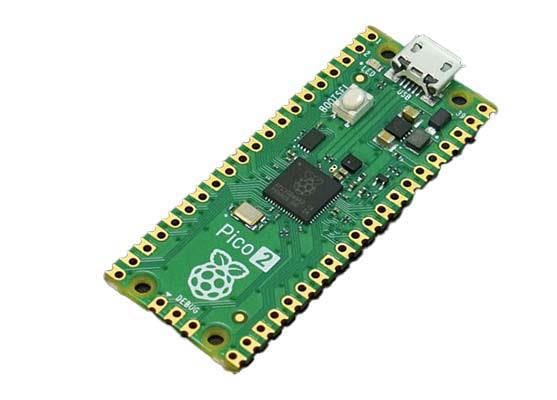
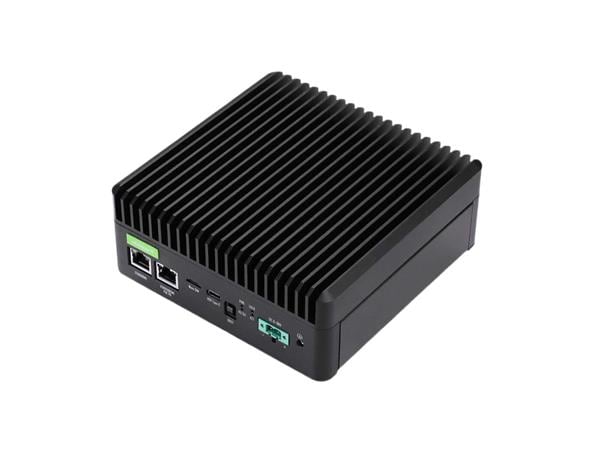
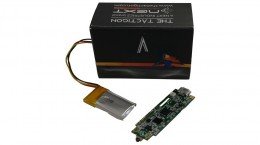
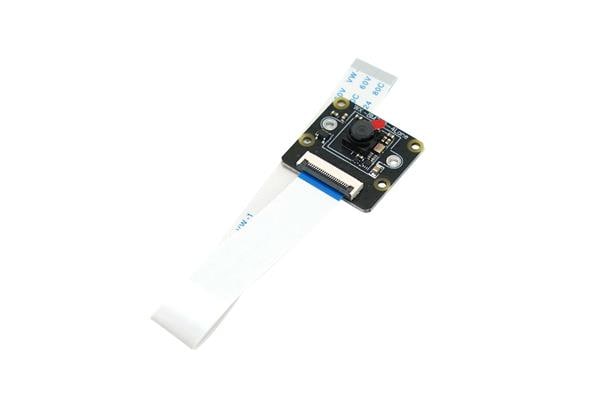
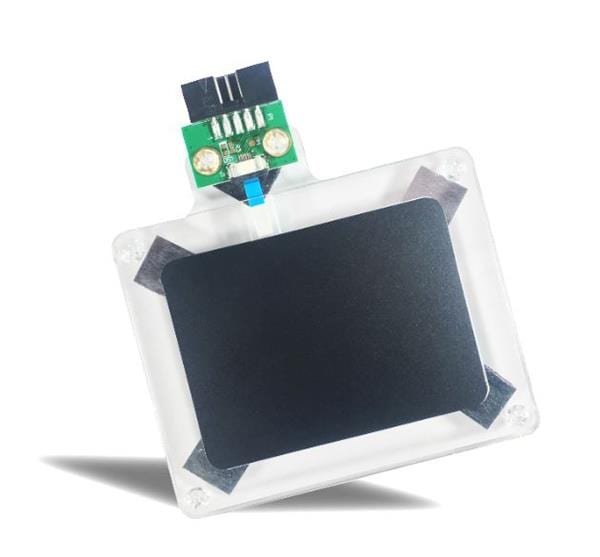
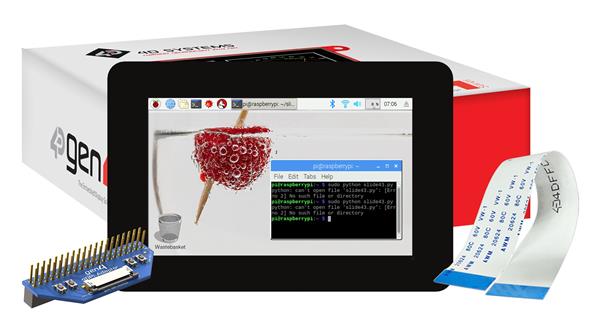
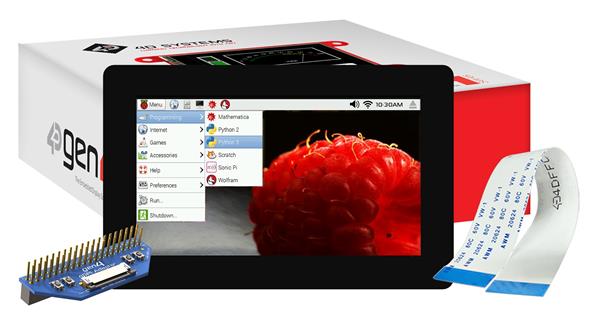
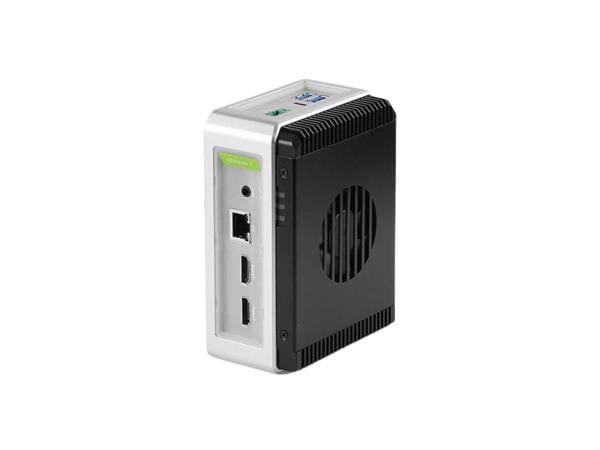
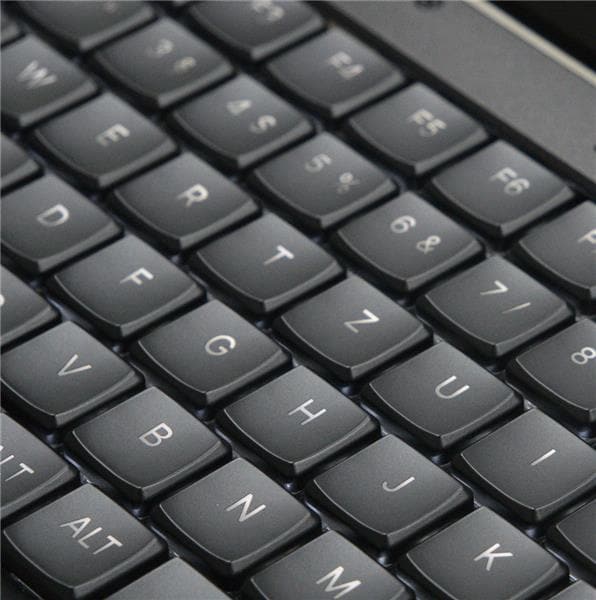
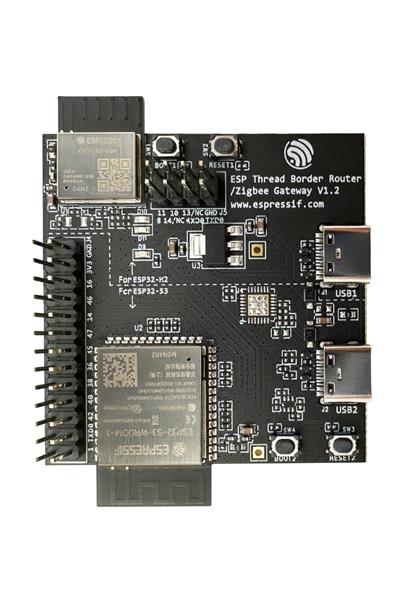
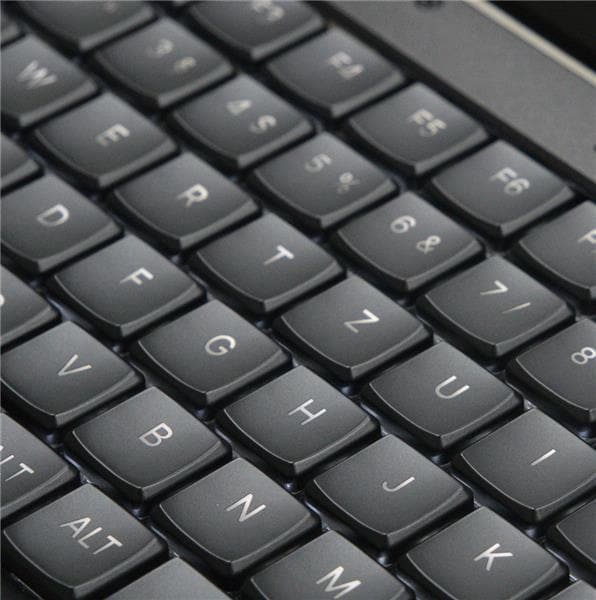
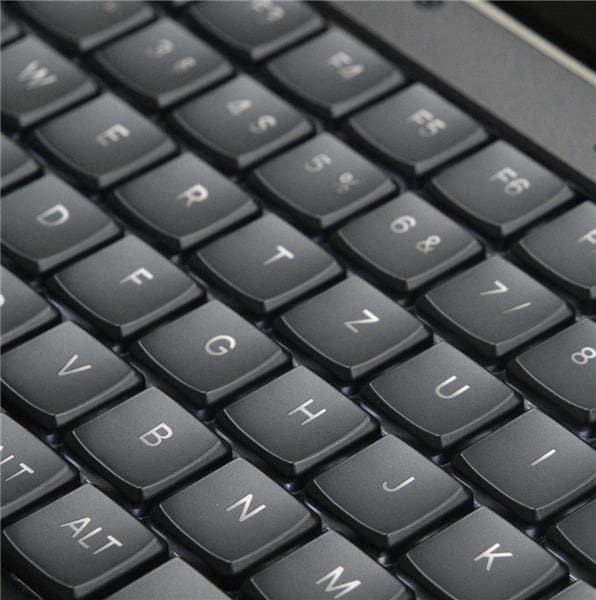
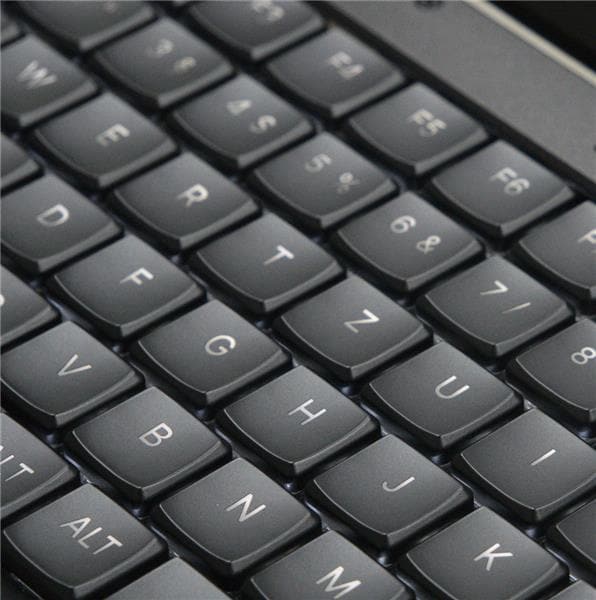
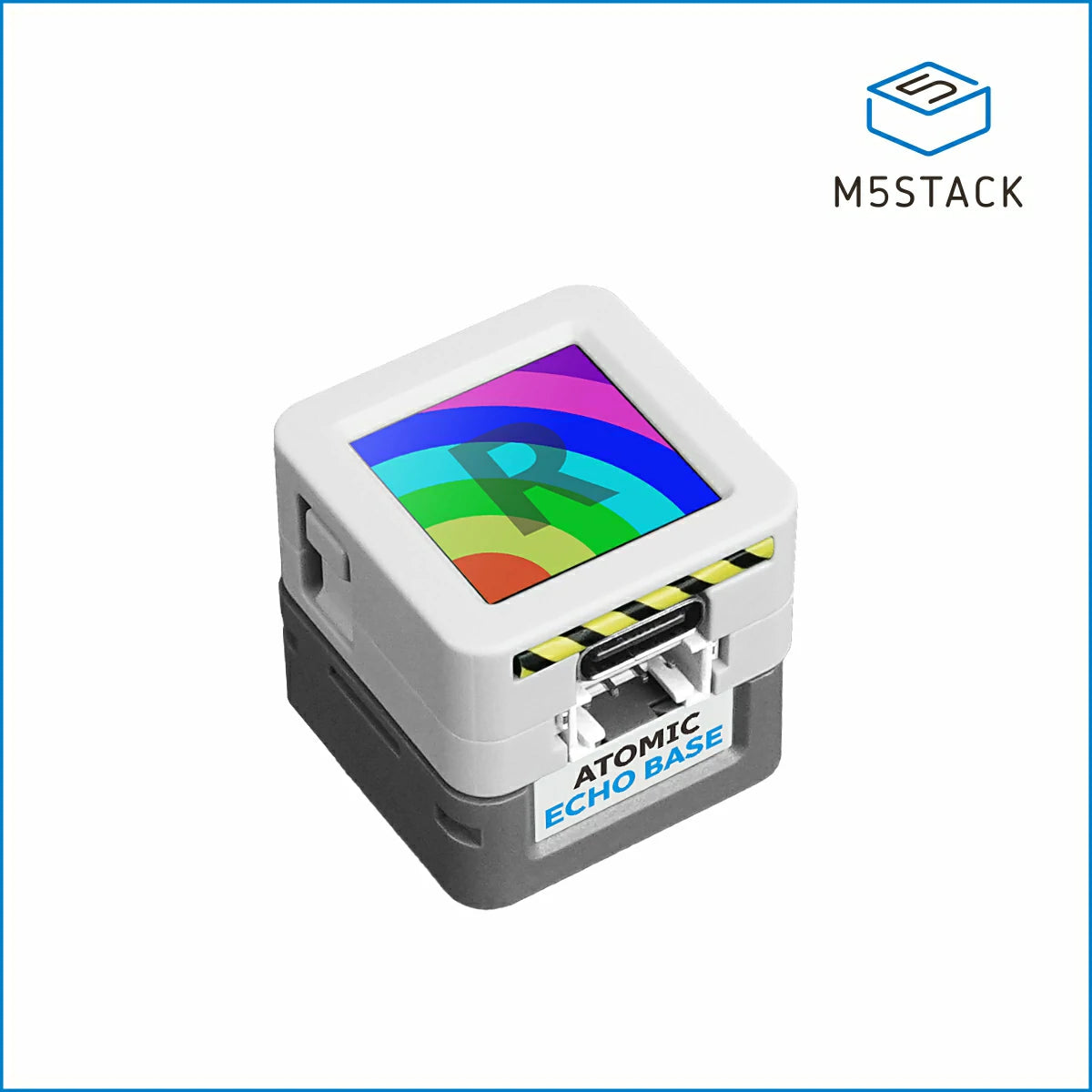

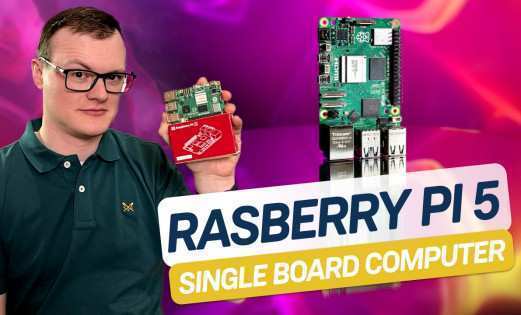
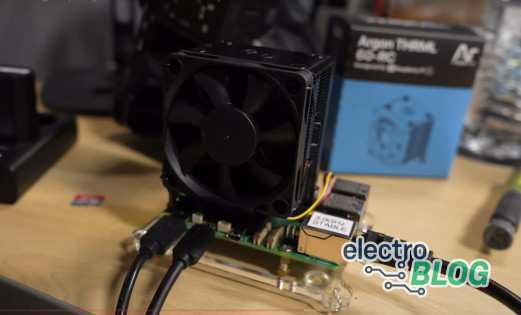

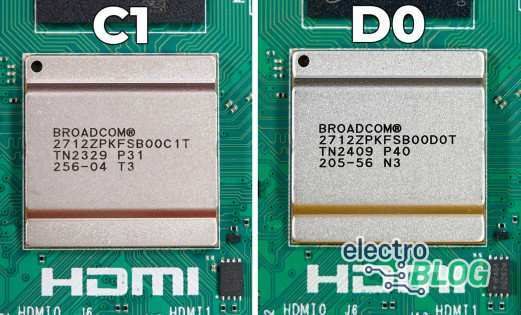
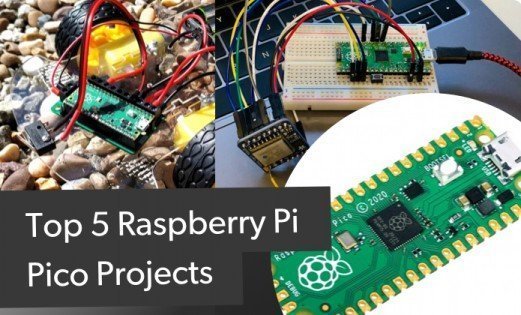

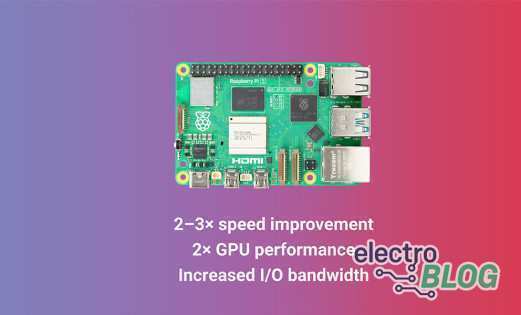
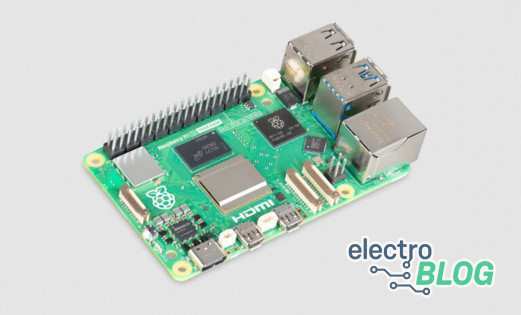
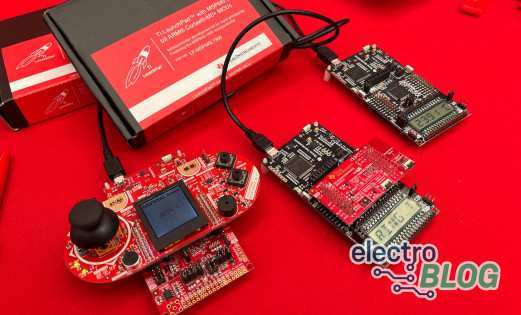
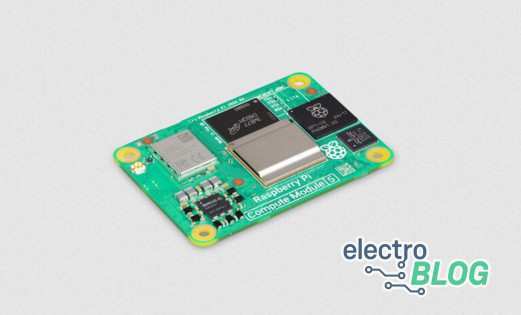
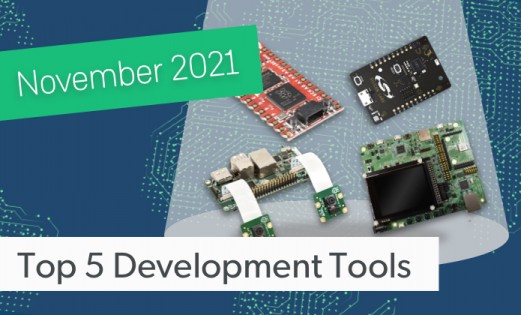
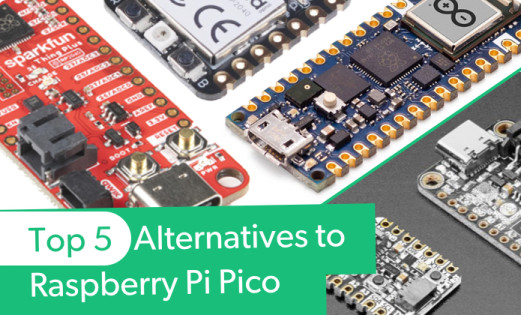
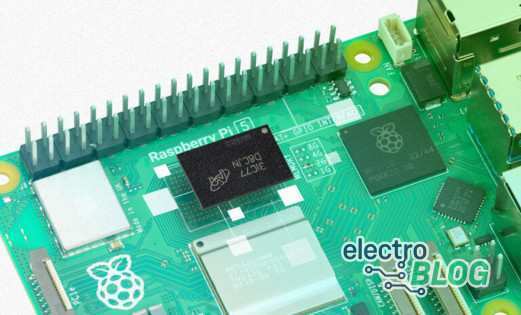
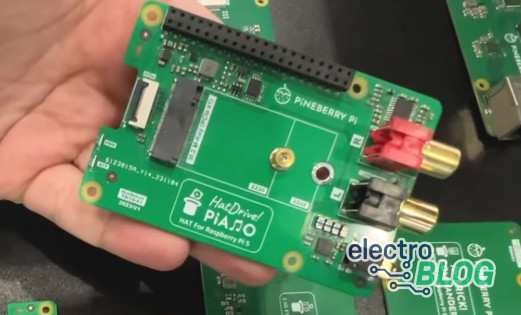


Leave your feedback...